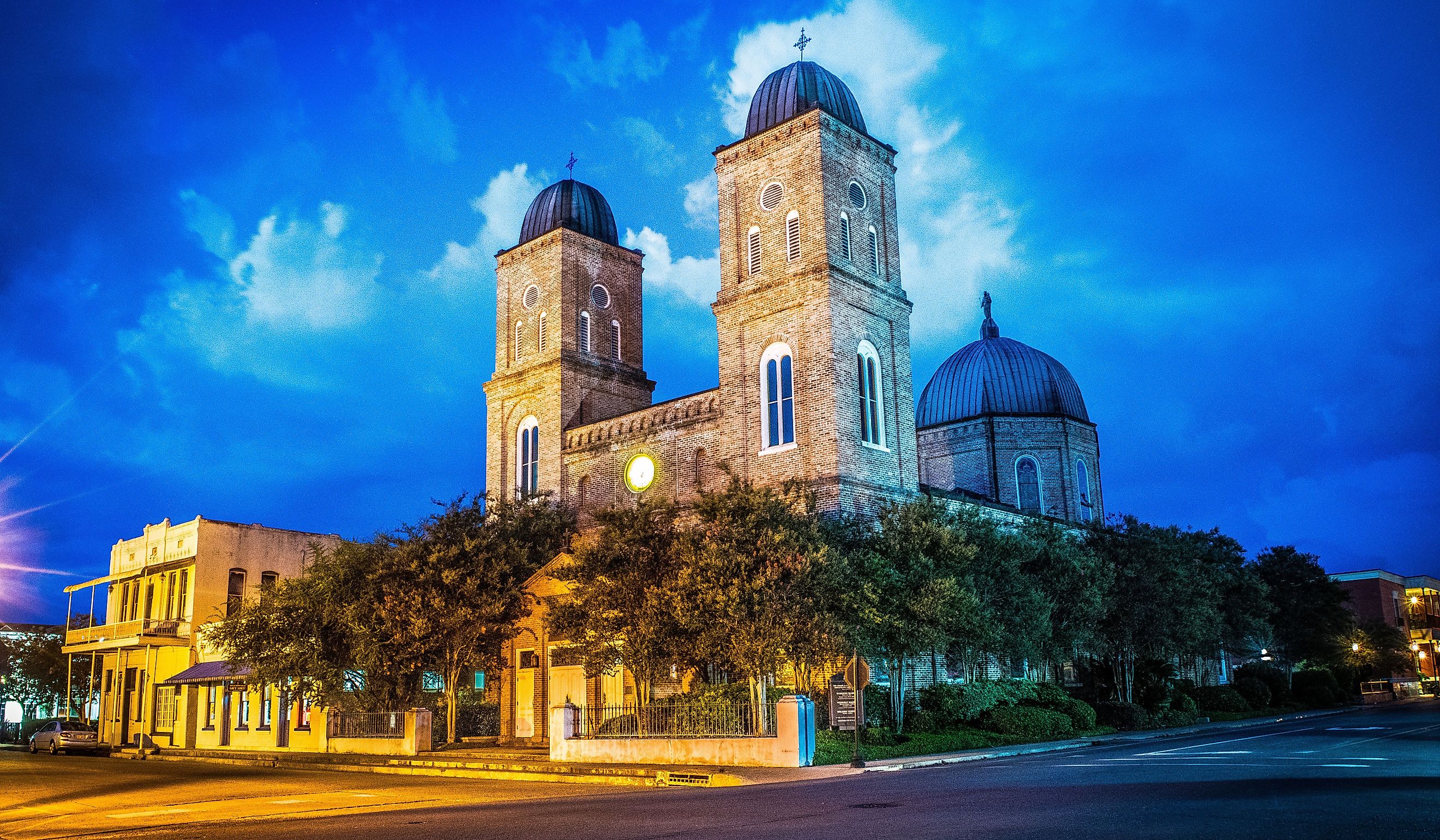
8 Old-World Towns to Visit in Louisiana
In 1812, Louisiana became the only state to join the Union with a non-English-speaking majority, a legacy shaped by its strong French roots and early settlements. While American culture has grown more dominant over the centuries, many of the state’s small towns have maintained their French, Cajun, and Creole heritage through historic sites, architecture, and homestyle food. Are you curious about the unique cultural blend of these towns, or are you craving a hearty bowl of jambalaya? Either way, each town has something special waiting for you!
Natchitoches
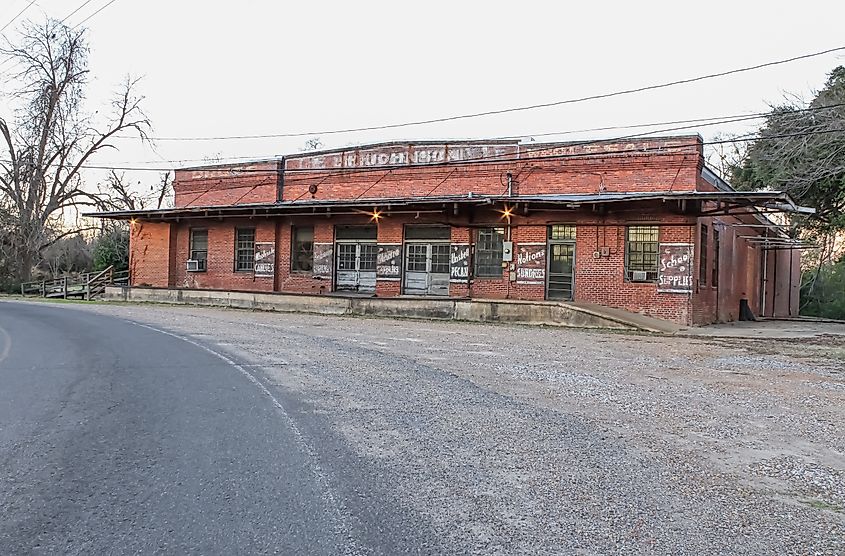
Founded in 1714 near a Natchitoches Native American village, the town of Natchitoches is Louisiana’s oldest settlement. The town, which has a population of roughly 17,200 residents, boasts a 33-block historic district and has a French-quarter style downtown, complemented by Queen Anne and Victorian architecture. Today, Fort St. Jean Baptiste State Historic Site features a replica of the original European fort and settlement, offering visitors a glimpse into its role as a vital trading outpost in the region before the Louisiana Purchase.
For a souvenir, visitors can stop by the Kaffie-Frederick General Mercantile, a family-run store dating back to 1863, which opened during the Civil War and has been passed down through three generations. The Louisiana Sports Hall of Fame offers another side of Louisiana’s history, showcasing some of Louisiana’s best athletes and proudest moments in sports history.
Plaquemine
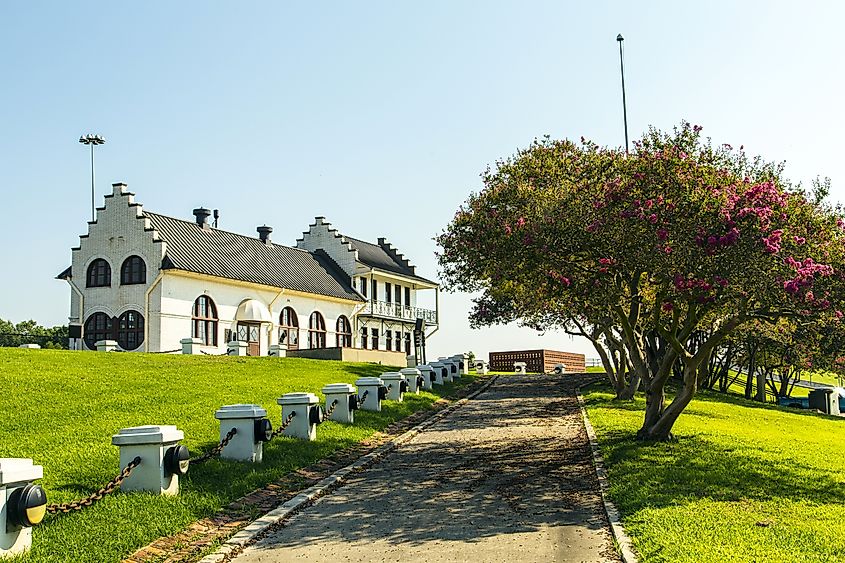
Sitting along the prehistoric Bayou Plaquemine, the earliest evidence of European settlement in Plaquemine dates back to 1775. Once a crucial waterway in the 19th and 20th centuries, the bayou now surrounds the Plaquemine Lock State Historic Site, where visitors can explore a 19th-century lock house and museum to learn about the area's historical significance.
Other architectural and historical marvels in town include the Plaquemine City Hall, constructed in 1906, and the Saint John the Evangelist Catholic Church, a roman-basilica style church from the 1920s. For pottery, crafts, antiques, and art, the Plaquemine Depot Market, which has been at the heart of Plaquemine’s activities since the early 20th century, is a great place to stop by.
Crowley
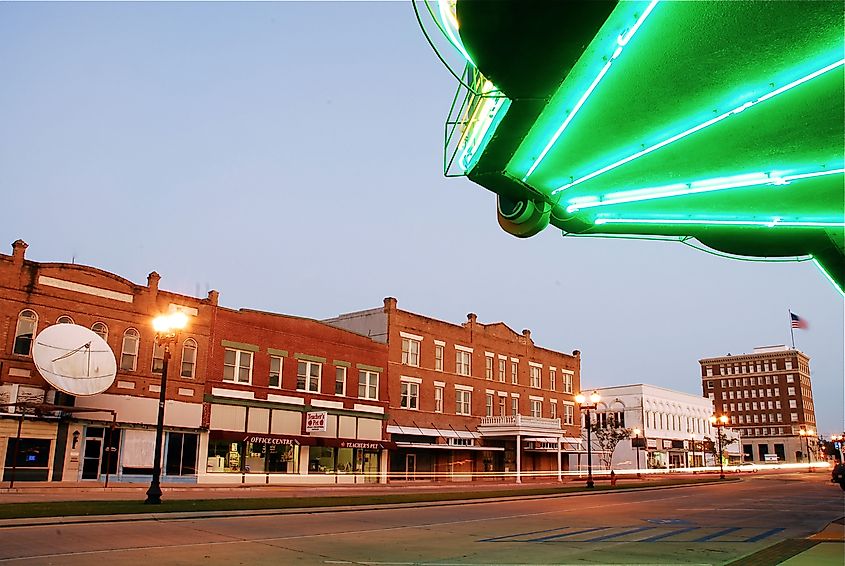
Located in southwest Louisiana in the state’s prairie lands, Crowley is newer compared to many other towns in Louisiana, with its founding dating back to 1886. However, its history has been so well preserved that history enthusiasts will want to visit the town regardless. The Grand Opera House is one example. It was built in 1901 to host plays and performances before later being used for silent movies. The Court Circle is another important historic part of town, featuring the town’s three courthouses over the years, dating back to 1888, 1903, and 1951 respectively. For a deeper dive into the region’s music history, including Cajun, Country, and Zydeco, the J.D. Miller Recording Studio Museum—the oldest recording studio in the state—is well worth a visit.
St. Francisville
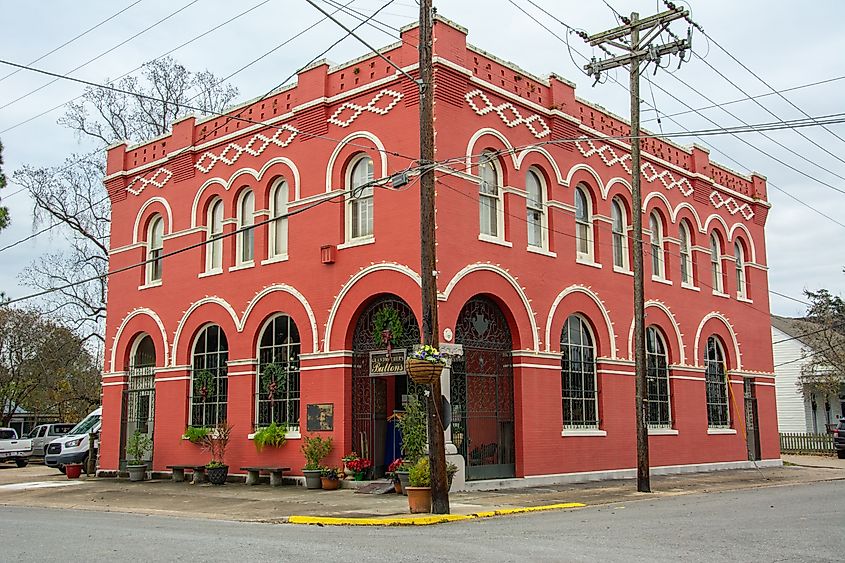
Founded in 1807, St. Francisville earned the nickname 'the town two miles long and two yards wide' because it was developed along a narrow ridge just above the Mississippi River. Afton Villa Gardens, once part of a cherished family estate, offers a beautiful spot to spend the afternoon. Although the house was lost to a fire in 1963, the stunning gardens remain.
Other sites in town boast beautiful architecture, such as the Grace Episcopal Church, a brick church from 1827, and Hemingbough, a Greek revival-style elegant amphitheater. To get a sense of St. Francisville’s culture and community, visitors can stop by the town’s farmers market, taking place every Thursday morning and selling crafts, food, and gifts.
Opelousas
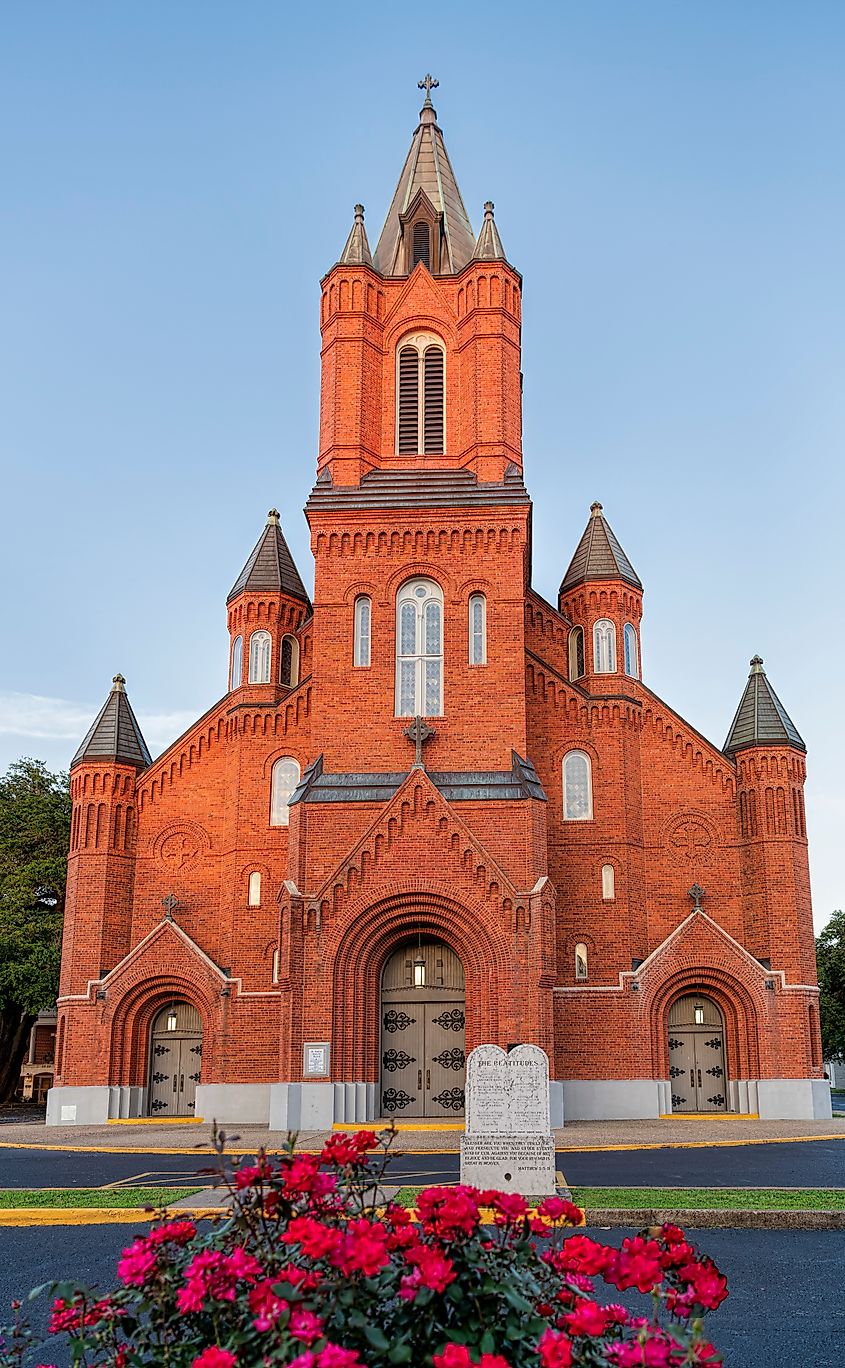
Opelousas is Louisiana’s third oldest city and stands today with a mixture of its Cajun, Creole, and Southern American traditions. In the heart of the city, the Opelousas National Historic District contains over 175 years of architecture, including Greek Revival and Art Deco styles and brick sidewalks dating back to the early 19th century. Visitors also must stop by the Jim Bowie Oak Tree in the middle of town, over 300 years old, as well as the historic courthouse square.
Opelousas is abundant in museums that each represent a unique layer of the town's culture. Highlights include the Zydeco Music Exhibit, Creole Heritage & Folklife Center, Le Vieux Village Heritage Park & Museum, and the Rural African American Museum.
Abbeville
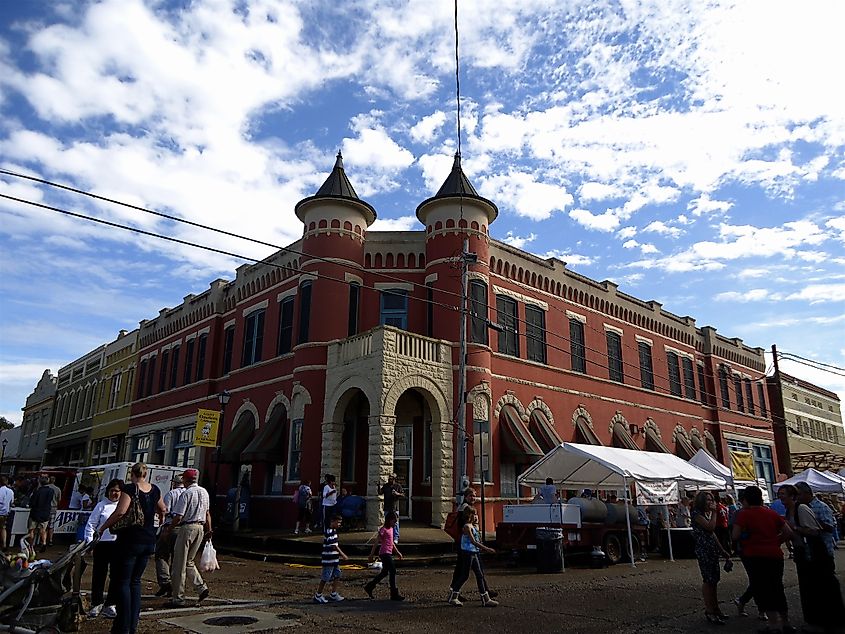
A Capuchin missionary purchased the land that is modern-day Abbeville in 1843, modeling the village after a French Provincial village. This original vision is reflected today throughout the town’s historic district and main street, with buildings featuring a variety of architecture, including Beaux-Arts, Gothic Revival, and Second Empire.
To learn more about the county’s history, visitors can explore the Abbeville Cultural and Historical Alliance, which hosts rotating cultural and art exhibits year-round, along with photographs, artwork, and artifacts that recount the story of the area’s first settlers. Just across the Vermilion River, visitors can appreciate Abbeville’s French and Cajun influence by dining at Shucks!, which serves authentic Cajun cuisine and seafood.
Alexandria
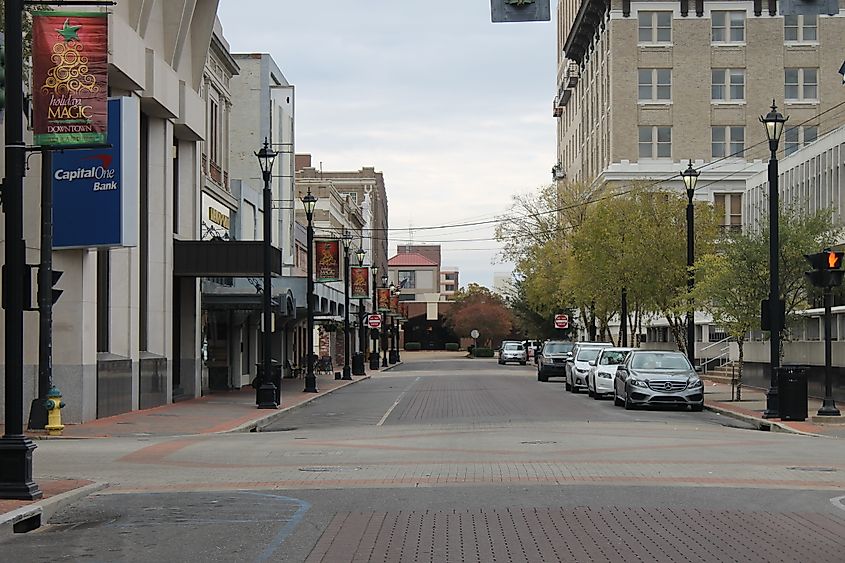
Alexandria started off as a prominent trading post, a key point of commerce between the French, English, Spanish, Americans, and Native Americans. This area also holds Civil War history, with visitors able to tour the Forts Randolph and Buhlow State Historic Site, built between 1864 and 1865 to defend against a potential Union invasion along the Red River.
In the 19th and 20th centuries, Alexandria was home to a bustling sawmill, now transformed into a museum that boasts one of the world’s most complete collections of milling and steam-powered logging equipment. Visitors can step back in time and experience the powerful machinery that once drove the timber industry. After exploring Alexandria’s historic sites and museums, visitors can unwind at Bootlegger’s Bar—a local favorite known for its Prohibition-era vibe and crafted cocktails.
Eunice
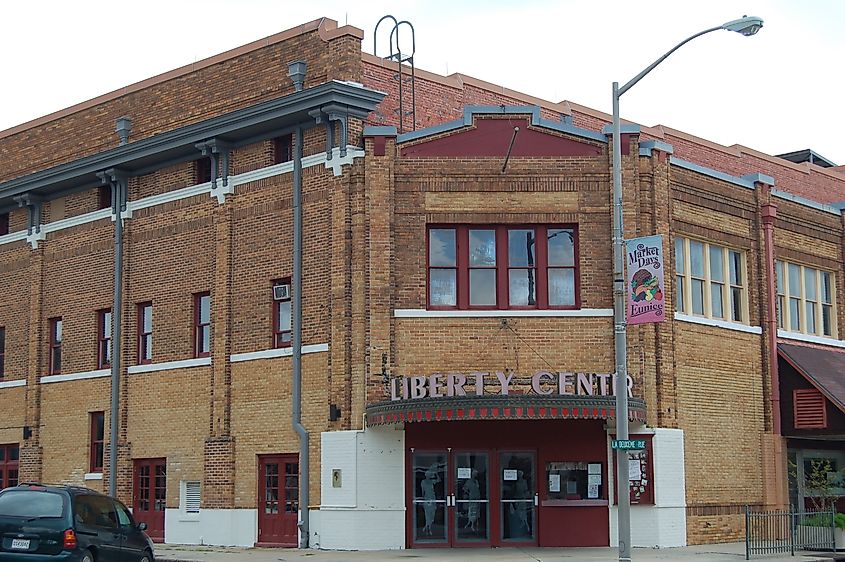
Incorporated in 1895, Eunice is now celebrated as the “prairie Cajun capital of Louisiana,” where visitors can enjoy live Cajun music, hot boudin sausage, and savory jambalaya. Those wanting to learn more about Eunice’s Cajun music roots can visit the Cajun French Music Hall of Fame & Museum, covering legendary names such as Iry Lejeune and Joe Falcon. To dive into the prairie side of Eunice’s culture, visitors can spend an afternoon at the Prairie Acadian Cultural Center, which showcases the Cowboy, Cajun, and Creole cultures that once thrived on Louisiana’s prairies.
Eunice’s Liberty Theatre, one of Louisiana’s most iconic music halls, opened in the 20th century and has hosted Grammy-nominated acts like The Magnolia Sisters and Dwayne Dopsie & The Zydeco Hellraisers. Be sure to check the theater’s calendar to catch the next play or performance!
Whether you want to step back in time at a Civil War-era fort in Alexandria, explore the Cajun traditions in Opelousas, or enjoy the local flavor with a bowl of jambalaya in St. Francisville, each of these Louisiana towns will immerse visitors in a different side of the state’s history.
They not only celebrate their diverse histories but also keep their traditions alive through music, food, and heartfelt hospitality. So, if you are ready to dive into a rich Cajun and Creole history, start planning your itinerary to one of these towns!











